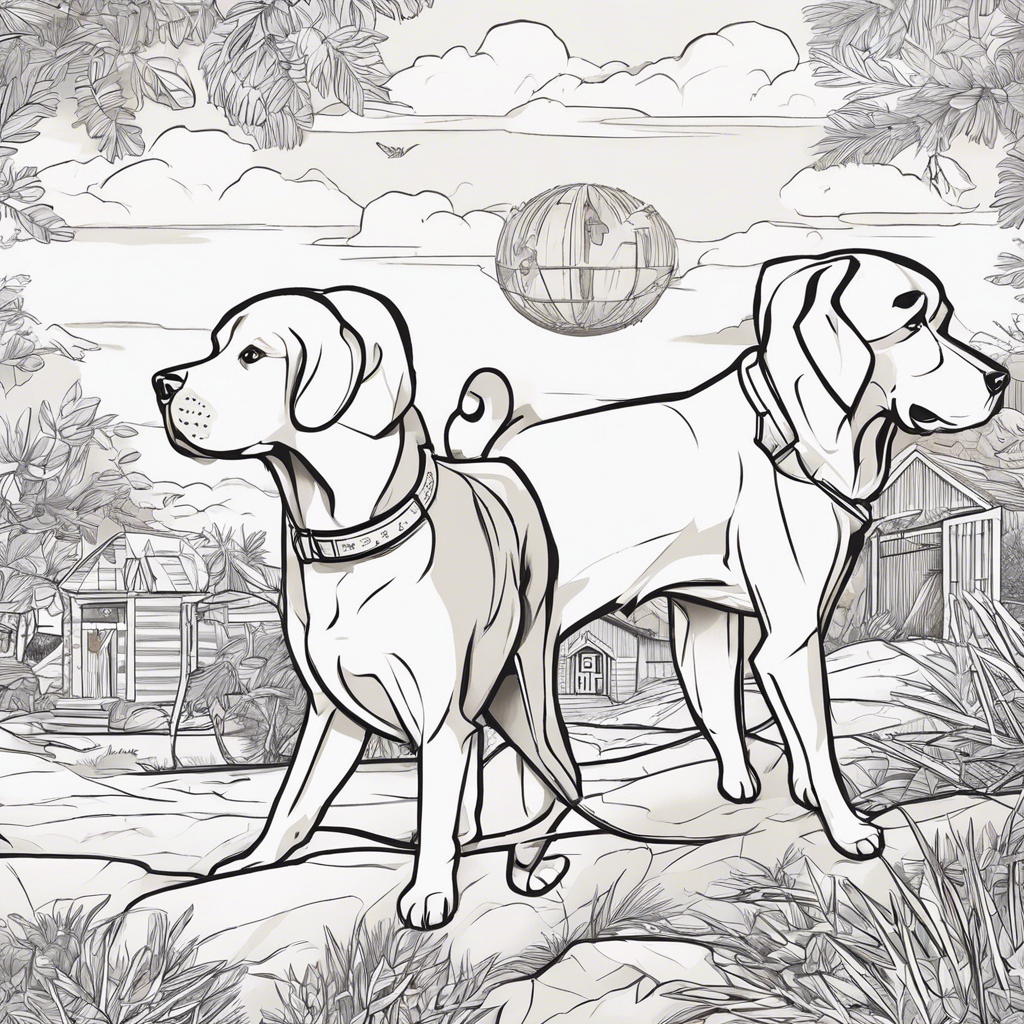# Unveiling Diverse Approaches to Dog Training Across Cultures
The world of dog training is a fascinating tapestry woven with threads of diverse cultural influences, where traditional practices and modern innovations intertwine, creating a rich and varied landscape of techniques. In this global journey, we explore how different societies approach the art of training man’s best friend, uncovering unique methodologies and the underlying philosophies that shape them. Our cross-cultural analysis reveals a spectrum of perspectives, from ancient wisdom to cutting-edge science, offering valuable insights for dog enthusiasts and trainers everywhere.
In the heart of Europe, Germany stands as a beacon of traditional canine education. The German model emphasizes discipline, precision, and a deep-rooted respect for the natural hierarchy between dog and handler. Here, training is often a structured affair, rooted in the principles of obedience and control. German Shepherds, bred for their intelligence and loyalty, have become the quintessential companions, excelling in tasks that require strict discipline, be it in police work or search-and-rescue operations. The renowned ‘Schutzhund’ training, a rigorous system, hones the dog’s physical prowess and mental acuity, preparing them for a wide range of challenges. This methodical approach has earned German dog trainers worldwide recognition for their ability to transform dogs into well-disciplined and highly skilled partners.
Contrast this with the North American style, which embraces a more relaxed and positive reinforcement-based philosophy. American trainers often emphasize the bond between dog and owner, focusing on mutual trust and respect. Techniques such as clicker training and reward-based learning have gained traction, moving away from traditional dominance-based methods. This shift in paradigm has made dog training more accessible to the average pet owner, fostering a culture of positive interaction and understanding. The use of treats and praise as motivational tools has proven effective in shaping desired behaviors, making the training process engaging and enjoyable for both dog and owner.
Asian cultures bring a unique perspective to the table, drawing from ancient traditions that view dogs as integral parts of the community. For instance, Japanese dog training emphasizes the importance of harmony and balance. The concept of ‘kyouiku ken’ encompasses the holistic development of the dog, nurturing not only physical abilities but also their emotional well-being. This approach encourages trainers to consider the dog’s entire life, from diet and exercise to mental stimulation and socialization. Japanese trainers often employ subtle cues and gentle guidance, creating an environment where dogs learn through observation and positive association.
The Australian dog training community has also carved its niche, influenced by the country’s vast landscapes and unique wildlife. Here, trainers have adapted methods to suit the challenges of the Outback, focusing on recall, agility, and adaptability. They emphasize the importance of understanding the dog’s natural instincts and using them to build a strong working relationship. Techniques may include herding exercises and scent-based games, which tap into the dog’s innate senses and intelligence.
In conclusion, the global dog training scene is a rich tapestry of diverse approaches, each influenced by cultural values, history, and the environment. From the structured discipline of Europe to the positive reinforcement philosophy of North America and beyond, these methodologies reflect the unique ways humans connect with their canine companions. By exploring these cross-cultural perspectives, we gain valuable insights into the art of dog training, fostering a deeper understanding that can benefit dogs and their owners worldwide.

